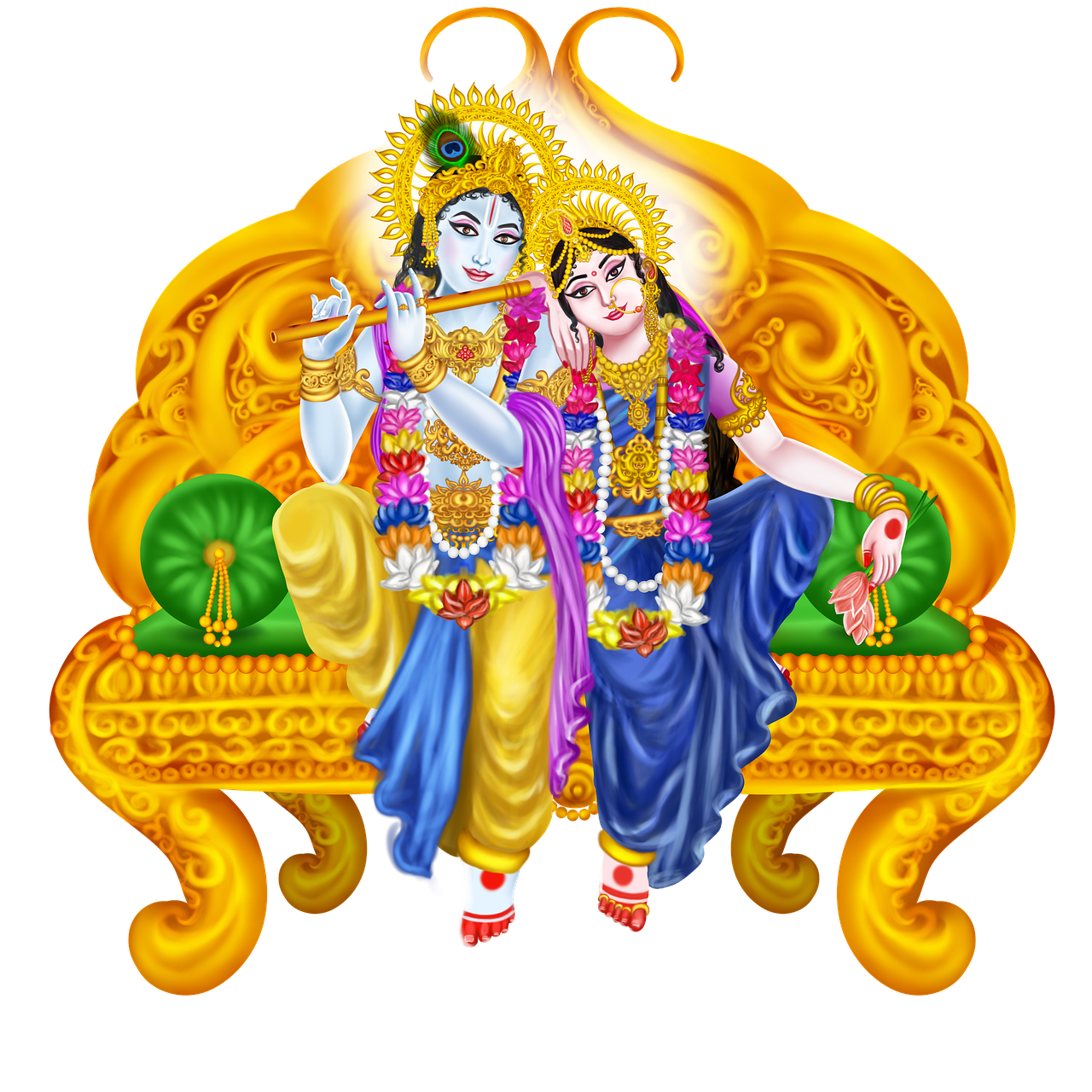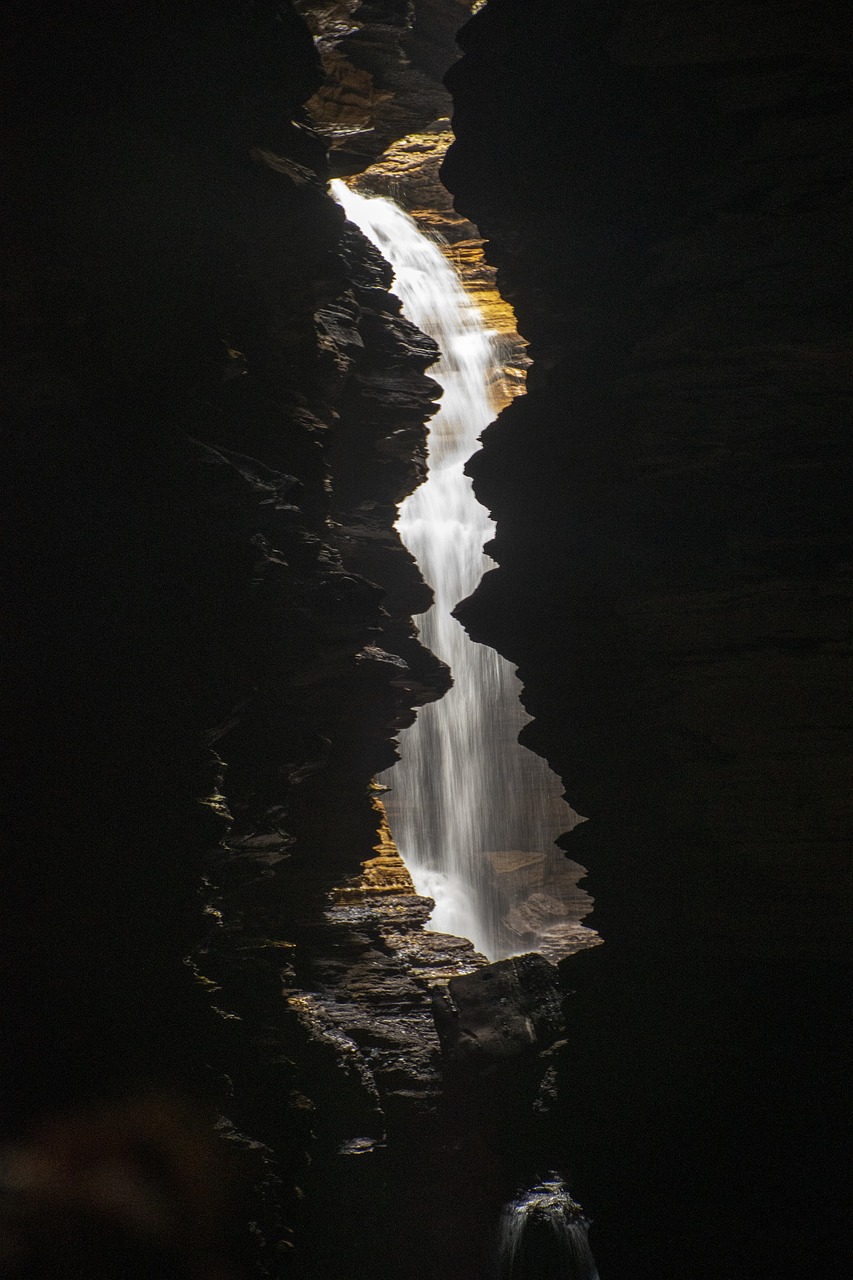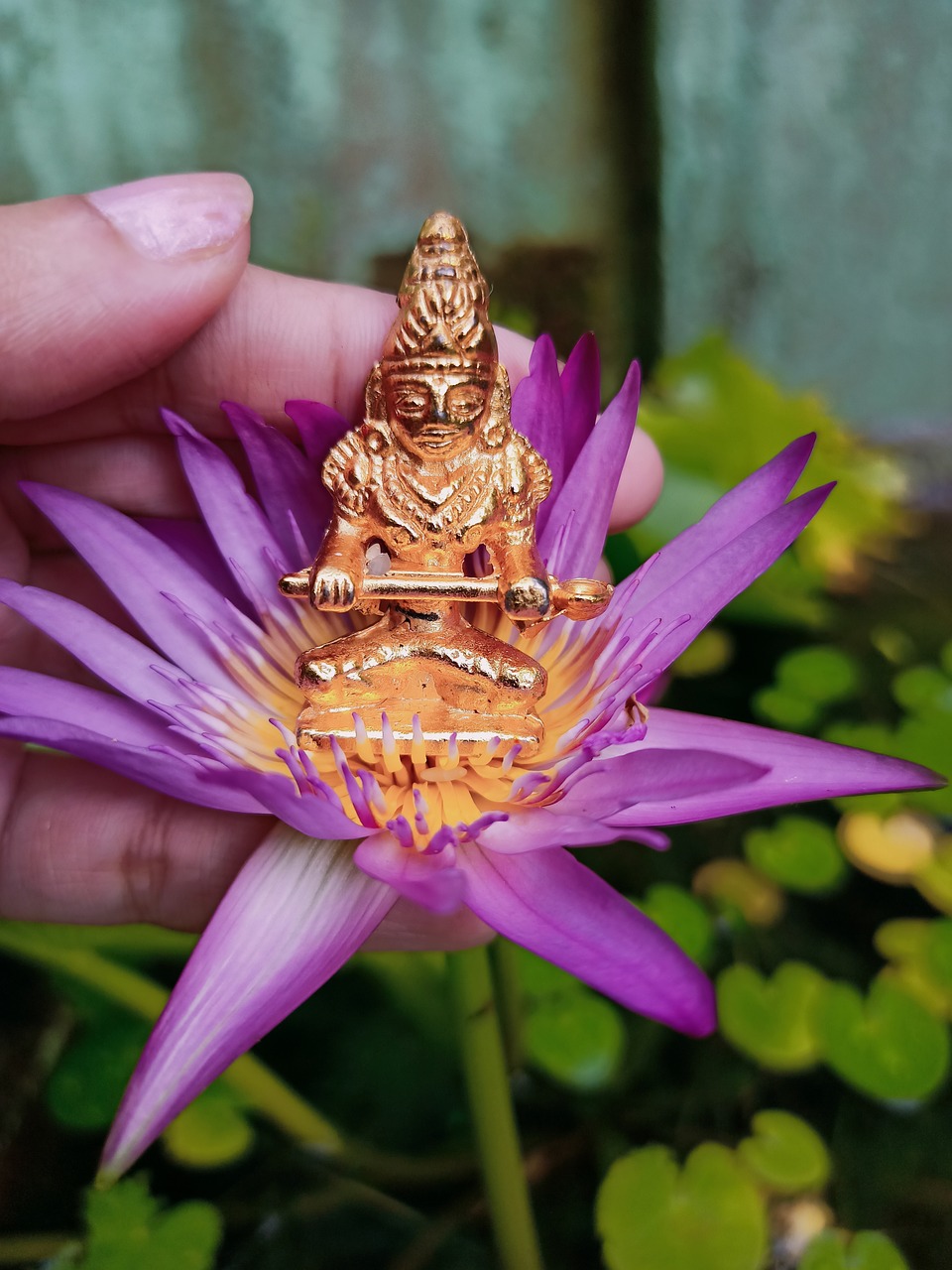Embark on a transformative spiritual journey through India’s sacred destinations with IndianCulture.com, where history, faith, and culture seamlessly converge. As we delve into the depths of religious tourism, one destination that stands out is the mesmerizing Chamunda Devi Temple. This sacred site is renowned for its rich history and the powerful goddess it honors – Chamunda Devi, the Slayer of Demons. Join us as we explore the mysteries and divine allure of this ancient temple, where devotees flock to seek solace, protection, and blessings from the mighty goddess.

History of Chamunda Devi Temple
Legend of Chamunda Devi
The history of the Chamunda Devi Temple is steeped in legend and mythology. According to popular belief, the temple is dedicated to the fierce and powerful goddess Chamunda Devi, who is known as the Slayer of Demons. Legend has it that Chamunda Devi was born from the divine wrath of the goddess Durga, with the sole purpose of eliminating the wicked demons that threatened the world.
Origin of the Temple
The exact origin of the Chamunda Devi Temple is shrouded in mystery, with no documented records of its foundation. However, it is believed to have been established several centuries ago by devout worshippers who recognized the immense power and potency of the goddess Chamunda Devi. Over the years, the temple has grown in prominence and attracts thousands of devotees from all over the world.
Significance of the Temple
The Chamunda Devi Temple holds immense significance for devotees of the goddess Chamunda Devi. It is regarded as a potent center of spiritual energy and is believed to grant the blessings of the goddess to all who visit and pay their respects. The temple is revered for its ability to dispel negative energies, protect devotees from evil forces, and fulfill their wishes. It is a place of solace, where the faithful can find peace, strength, and divine guidance amidst the chaos of the world.
Location and Accessibility
Geographical Location
The Chamunda Devi Temple is nestled amidst the scenic beauty of the Indian Himalayas in the state of Himachal Pradesh. It is located in the Kangra district, approximately 15 kilometers from the town of Dharamshala. Perched on the banks of the Baner River, the temple is surrounded by lush green forests and offers panoramic views of the majestic Dhauladhar mountain range.
Transportation Options
Reaching the Chamunda Devi Temple is relatively convenient, with several transportation options available to visitors. The nearest airport is Gaggal Airport in Dharamshala, which is well-connected to major cities in India. From the airport, one can hire a taxi or take a bus to reach the temple. Additionally, the Kangra Valley Railway Station is the closest railhead, with regular trains connecting it to various cities. Buses and taxis are also available from nearby towns and cities, providing a hassle-free journey to the temple.

Architectural Marvel
Design and Layout
The Chamunda Devi Temple is an architectural marvel, characterized by its intricate design and exquisite craftsmanship. The temple follows a traditional North Indian architectural style, with a towering shikhar (spire) that reaches towards the sky. The main entrance is adorned with beautiful carvings and sculptures, depicting scenes from Hindu mythology. The interiors of the temple are equally captivating, with ornate pillars, domes, and a sanctum sanctorum that houses the idol of Chamunda Devi.
Intricate Carvings and Sculptures
One of the highlights of the Chamunda Devi Temple is the intricate carvings and sculptures that adorn its walls and pillars. These artistic masterpieces depict various scenes from Hindu mythology, including tales of gods, goddesses, and celestial beings. The craftsmanship is awe-inspiring, with every detail meticulously carved and brought to life. The intricate artwork not only adds to the aesthetic appeal of the temple but also serves as a visual representation of the rich cultural and religious heritage of the region.
Religious Rituals and Festivals
Daily Worship at the Temple
The Chamunda Devi Temple is a place of constant devotion and worship. Every day, the temple priests perform elaborate rituals and ceremonies to honor the goddess Chamunda Devi. Devotees can witness the aarti, a religious ritual where lamps are lit and hymns are chanted, invoking the divine presence of the goddess. The aarti is a mesmerizing sight, filling the temple with a sense of spiritual fervor and devotion.
Major Festivals Celebrated
The Chamunda Devi Temple is especially vibrant and alive during the major festivals that are celebrated with great enthusiasm by devotees. One of the most significant festivals is Navratri, a nine-day-long celebration dedicated to goddess Durga and her various forms, including Chamunda Devi. During this auspicious period, the temple premises are adorned with colorful decorations, and special ceremonies and cultural performances take place. Devotees from far and wide flock to the temple to seek the blessings of the goddess and participate in the festive atmosphere.

Mythological Beliefs and Folklore
Chamunda Devi and Mahishasura
According to Hindu mythology, Chamunda Devi played a vital role in the battle against the demon Mahishasura. Mahishasura, a powerful and invincible demon, had wreaked havoc in the celestial realms, overpowering the gods. In their desperation, the gods created the goddess Chamunda Devi, who emerged from the wrathful energy of goddess Durga. Chamunda Devi singlehandedly vanquished Mahishasura, thus restoring peace and harmony in the universe.
Legends Associated with the Temple
The Chamunda Devi Temple is associated with several ancient legends that have been passed down through generations. One such legend tells the story of a demon who terrorized the region, causing immense suffering to the people. The goddess Chamunda Devi appeared in a divine form and defeated the demon, saving the inhabitants from his tyranny. As a mark of gratitude, the people built a temple to honor the goddess and seek her divine protection.
Idol and Sanctum Sanctorum
Description of the Idol
The idol of Chamunda Devi worshipped in the temple is a powerful representation of the goddess herself. Made of stone, the idol depicts Chamunda Devi in her fierce form, with multiple arms, each holding weapons symbolizing her strength and power. She is adorned with divine ornaments and wears a garland of skulls, symbolizing the victory of good over evil. The idol exudes divine energy and radiates a sense of awe and reverence.
The Sacred Inner Chamber
The sanctum sanctorum, also known as the Garbhagriha, is the most sacred part of the Chamunda Devi Temple. It houses the idol of Chamunda Devi and is considered the abode of the goddess. The inner chamber is illuminated by the soft glow of oil lamps, creating a serene and ethereal atmosphere. Devotees offer their prayers and seek the blessings of the goddess in this sacred space, experiencing a deep sense of spiritual connection and divine presence.
Devotional Practices and Offerings
Prayers and Mantras
Devotees visiting the Chamunda Devi Temple engage in various devotional practices to seek the blessings and protection of the goddess. They chant prayers and mantras dedicated to Chamunda Devi, invoking her divine grace and guidance. These prayers and mantras are believed to have immense power and can help individuals overcome obstacles, purify their minds, and attain spiritual enlightenment.
Common Offerings Made by Devotees
Devotees express their devotion and gratitude towards Chamunda Devi by making offerings at the temple. Flowers, incense sticks, coconut, fruits, and sweets are commonly offered to the goddess. Some devotees also choose to offer bangles, turmeric, vermilion, and silver coins as a gesture of their reverence. The offerings signify the devotees’ surrender to the divine and their desire to receive the blessings and protection of Chamunda Devi.
Significance in Hinduism
Chamunda Devi as a Goddess
In Hinduism, Chamunda Devi holds a significant place as one of the powerful and fierce forms of the goddess Durga. She is regarded as the epitome of strength, courage, and righteousness. Devotees worship Chamunda Devi not only for spiritual fulfillment but also for protection and liberation from the cycle of life and death. She represents the divine feminine energy that encompasses both creation and destruction, and devotees seek her blessings for prosperity, success, and spiritual growth.
Depiction in Hindu Scriptures
The tales of Chamunda Devi and her exploits are vividly described in various Hindu scriptures and texts. The Devi Mahatmyam, one of the most important texts in the worship of the divine feminine, recounts the story of Chamunda Devi’s battles with demons and her ultimate victory. Her portrayal in these scriptures highlights her fierce and assertive nature, making her a revered deity among devotees seeking divine intervention and protection.
Miracles and Divine Experiences
Devotee Testimonials
Over the years, numerous devotees have shared their testimonials of experiencing miracles and divine interventions at the Chamunda Devi Temple. Many have reported being cured of ailments, finding solutions to their problems, and receiving blessings that have transformed their lives. These testimonials serve as a testament to the inherent power and grace of Chamunda Devi, showcasing her ability to provide solace and divine assistance to those who place their faith in her.
Miraculous Incidents
The Chamunda Devi Temple has been the site of various miraculous incidents that have left both devotees and skeptics in awe. There have been accounts of individuals overcoming incurable diseases, surviving life-threatening situations, and experiencing profound spiritual transformations. These incidents are often attributed to the divine intervention of Chamunda Devi, solidifying her reputation as a deity capable of bestowing miracles upon her devotees.
Tourist Attractions in the Vicinity
Exploring Nearby Places
While visiting the Chamunda Devi Temple, devotees and tourists have the opportunity to explore the natural beauty and cultural heritage of the surrounding area. The Kangra Valley offers picturesque landscapes, with lush green meadows, cascading waterfalls, and snow-capped mountains. The nearby town of Dharamshala, with its Buddhist monasteries and breathtaking views, is a popular tourist attraction. Adventure enthusiasts can also indulge in activities such as trekking and paragliding, making it a well-rounded destination for both spiritual and outdoor experiences.
Other Temples and Landmarks
In addition to the Chamunda Devi Temple, the region is home to several other temples and landmarks of religious and historical significance. The Kangra Fort, known for its architectural grandeur and rich history, is a must-visit attraction. The Masroor Rock Cut Temple, with its intricate carvings and ancient rock-cut architecture, is also a popular site for history enthusiasts. The Jawalamukhi Temple, dedicated to the goddess of eternal flame, is another revered pilgrimage spot in the vicinity. Exploring these temples and landmarks provides visitors with a deeper understanding of the cultural and spiritual heritage of the region.
Embrace the divine allure of the Chamunda Devi Temple and embark on a spiritual journey that intertwines history, faith, and culture. Experience the awe-inspiring architecture, immerse yourself in the devotional rituals, and seek the blessings of Chamunda Devi. Let the temple’s serene surroundings and mystical aura transport you to a realm where faith and spirituality converge.
